Last June, as part of the “Dynamic Duos in Classic Film” blogathon, I explored the cinematic partnerships of Joan Crawford and Clark Gable in a post titled “Gable and Crawford: King and Queen of Hollywood.” In that piece, I discussed seven of their eight collaborations, with one exception: Robert Z. Leonard’s Dancing Lady. Recently, Turner Classic Movies (TCM) featured Dancing Lady as part of their month-long tribute to Joan Crawford, their Star of the Month for January. This presented the perfect opportunity to complete the set and finally delve into this intriguing film.
 le
le
Joan Crawford and Clark Gable, a dynamic duo in “Dancing Lady 1933.”
Picking up chronologically within their careers, Dancing Lady arrived at a time when Joan Crawford and Clark Gable were established as two of Metro-Goldwyn-Mayer’s (MGM) most prized assets. In their filmography together, Dancing Lady followed Clarence Brown’s Possessed (1931), which was released two years prior and remains a personal favorite of their shared movies. The gap between Possessed and Dancing Lady is rumored to be a consequence of their off-screen relationship becoming too distracting, verging on scandalous. Indeed, by Possessed, their on-screen chemistry was undeniable and intensely palpable.
The narrative suggests that Douglas Fairbanks, Jr., Crawford’s husband in 1931, and Ria Langham, Gable’s wife at the time, both sought intervention from MGM head Louis B. Mayer regarding the stars’ affair. Mayer reportedly instructed Crawford and Gable to end the affair immediately or face severe repercussions for their Hollywood careers. To manage the situation, Crawford and Gable were strategically assigned to projects with other co-stars. Furthermore, to bolster the publicity for Possessed, MGM’s PR machinery dispatched Gable’s wife, Ria, on a nationwide promotional tour.
Evidently, the forced separation had the desired effect; the off-screen romance cooled. However, this cooling period didn’t salvage Crawford’s marriage to Fairbanks, Jr., as they ultimately divorced. By the time Dancing Lady materialized, Crawford was involved with Franchot Tone, who would soon become her next husband. Notably, Dancing Lady marked the first instance of Tone playing a romantic lead opposite Crawford, initiating a series that would total seven films together. For Dancing Lady, Crawford reportedly advocated for both Tone and Gable to secure leading male roles in the production, a request MGM granted.
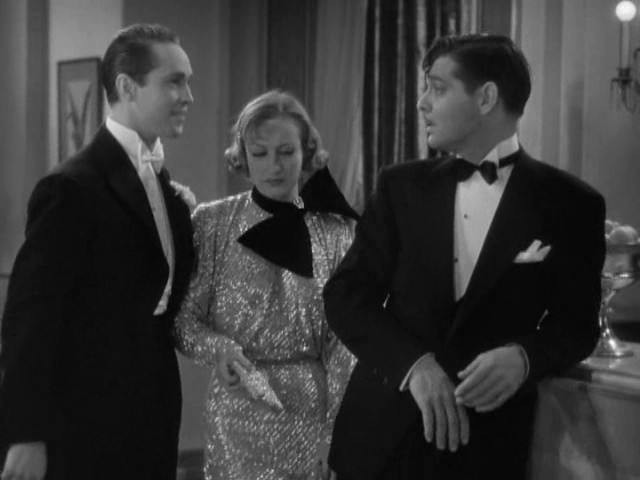 Dancing Lady
Dancing Lady
A scene from “Dancing Lady” (1933) showcasing the romantic triangle between Joan Crawford, Clark Gable, and Franchot Tone.
In Dancing Lady, Crawford portrays Janie Barlow, an ambitious chorus girl aspiring to Broadway stardom. Franchot Tone plays Tod Newton, a wealthy patron who encounters Janie at a burlesque show and is instantly smitten. To win her over, Newton finances a Broadway musical, aptly titled “Dancing Lady,” to provide Janie with a prominent role. However, complications arise in the form of Patch Gallagher, portrayed by Clark Gable, the charismatic director of the musical. As Janie and Patch work closely together during rehearsals, a mutual attraction develops, creating a romantic entanglement. Both Crawford and Gable are visually striking in the film – Gable exudes his signature masculine charm, while Crawford is radiant and tender, especially in scenes with Gable.
 111
111
Joan Crawford’s character, Janie Barlow, caught between dreams and love in “Dancing Lady.”
 222
222
Clark Gable as Patch Gallagher, the dynamic director, in a publicity still for “Dancing Lady.”
As the plot unfolds, Janie faces a pivotal decision: pursue her ambition of becoming a celebrated performer or marry Newton, who promises her a life of financial security and comfort. While the outcome is fairly predictable, the film’s charm lies in the journey rather than the destination. Therefore, I will refrain from revealing all the plot details.
Dancing Lady is undoubtedly entertaining, but it doesn’t quite reach the heights of Crawford and Gable’s best collaborations. Nevertheless, their performances are captivating; their individual charisma and shared chemistry are undeniable. Franchot Tone, while handsome, comes across as somewhat bland. His character engages in some manipulative actions, but Tone’s portrayal lacks the nuanced complexity to fully convey deviousness, especially when juxtaposed with the powerful screen presence of Gable and Crawford. However, Tone does provide a gentler contrast to Gable’s overt masculinity, making the romantic choice for Janie more pronounced.
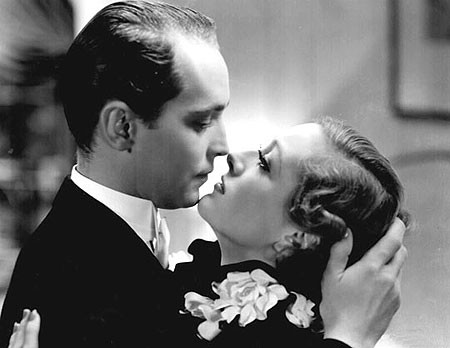 dh
dh
Franchot Tone and Joan Crawford in “Dancing Lady,” showcasing their on-screen partnership.
Adding to the allure of Dancing Lady are the fascinating trivia and the impressive supporting cast. Notably, the film marks the movie debuts of both Fred Astaire and Nelson Eddy, each playing themselves. Astaire features as the male lead in the musical “Dancing Lady” within the film, performing two dance numbers with Joan Crawford, marking her as his first on-screen dance partner. While Astaire’s performance and the dance sequences themselves may not be groundbreaking—especially for those accustomed to his iconic pairings with Ginger Rogers or Cyd Charisse—Crawford, who began her career as a dancer and showcased her talents in Our Dancing Daughters (1928), holds her own. However, opinions vary. Mordaunt Hall of The New York Times, in a review dated December 1, 1933, praised:
“The dancing of Fred Astaire and Miss Crawford is most graceful and charming. The photographic effects of their scenes are an impressive achievement. There are several tuneful songs, such as “That’s the Rhymth of the Day,” “Dancing Lady,” “Let’s Go Bavarian,” “Heigh Ho” and “Everything I Have Is Yours.””
The memorable music and lyrics were crafted by the legendary Richard Rodgers and Lorenz Hart.
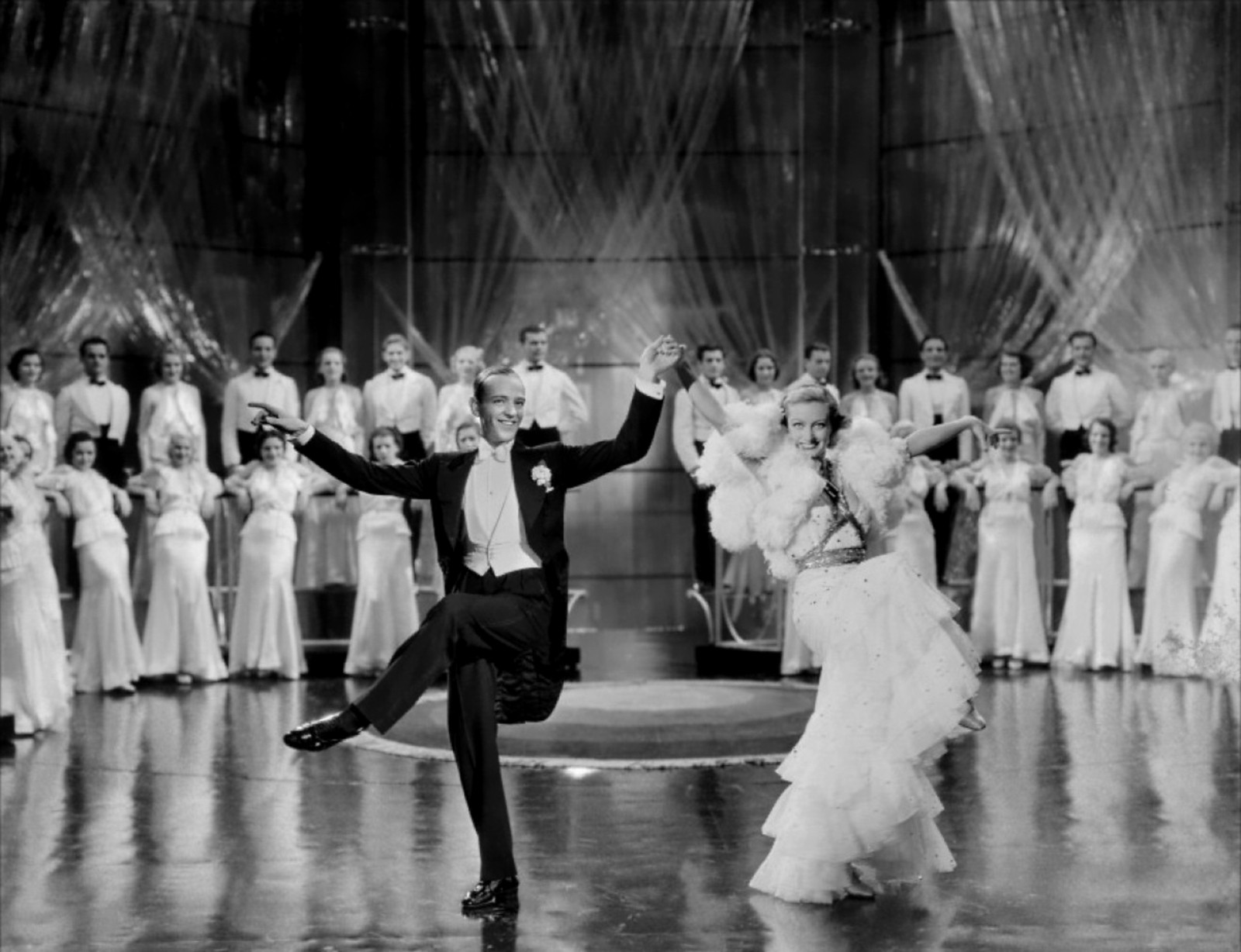 danc
danc
Joan Crawford and Fred Astaire dancing in “Dancing Lady,” a unique cinematic pairing.
Dancing Lady also features The Three Stooges, then billed as “Ted Healy and his Three Stooges.” Healy plays the Stage Manager of the musical troupe in the movie, with the Stooges as his comically inept stagehands. Comedian Robert Benchley also appears in a minor role, and in an uncredited cameo, Eve Arden makes a memorable appearance in the theater lobby, vociferously complaining to her agent about being made to audition for a “southern part,” complete with an exaggerated accent. Her distinctive voice is instantly recognizable and hilarious. For a comprehensive list of cast and crew, you can refer to this link.
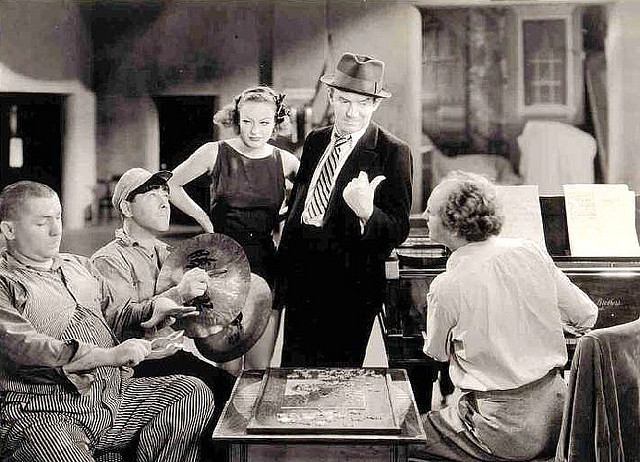 Joan with Ted Healy and The Three Stooges
Joan with Ted Healy and The Three Stooges
Joan Crawford with Ted Healy and The Three Stooges, adding comedic flair to “Dancing Lady.”
Crawford and Gable reunited in 1934 for another romantic triangle film, W. S. Van Dyke’s Forsaking All Others, with Robert Montgomery as the other male lead. Interestingly, Forsaking All Others was their first film together after the Motion Picture Production Code was strictly enforced, making Dancing Lady their last pre-code collaboration.
For those familiar with Joan Crawford’s later, more hardened screen persona of the 1940s and beyond, these earlier pre-code films offer a glimpse into a different facet of the actress. They highlight her remarkable work ethic and ambition, which were legendary. Exploring Crawford’s pre-code era has deepened my appreciation for her talent, persona, and enduring movie stardom.
 craw
craw
A portrait of Joan Crawford, capturing her early Hollywood glamour in the era of “Dancing Lady.”
For a detailed timeline of Crawford and Gable’s film collaborations, along with captivating behind-the-scenes stories, visit the “King and Queen of Hollywood” post. If you are interested in watching all eight of their films, they are available on Warner Archive Instant. And remember, TCM’s month-long tribute to Joan Crawford continues for two more weeks. Tune in on Thursday nights to witness this iconic movie star in action. The schedule can be found here.
 888
888
Joan Crawford on the set of “Dancing Lady,” publicity shots by Hurrell, capturing the star’s radiant presence.
Joan Crawford on the set at MGM in publicity shots for Dancing Lady – by Hurrell:
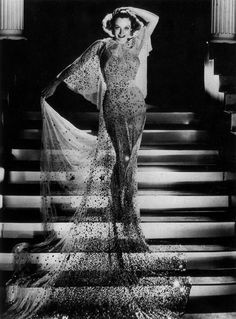 Joan Crawford in glamorous pose
Joan Crawford in glamorous pose
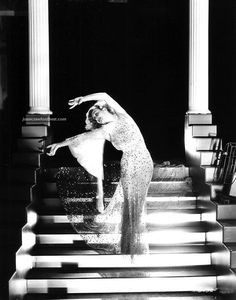 Joan Crawford smiling elegantly
Joan Crawford smiling elegantly
[
